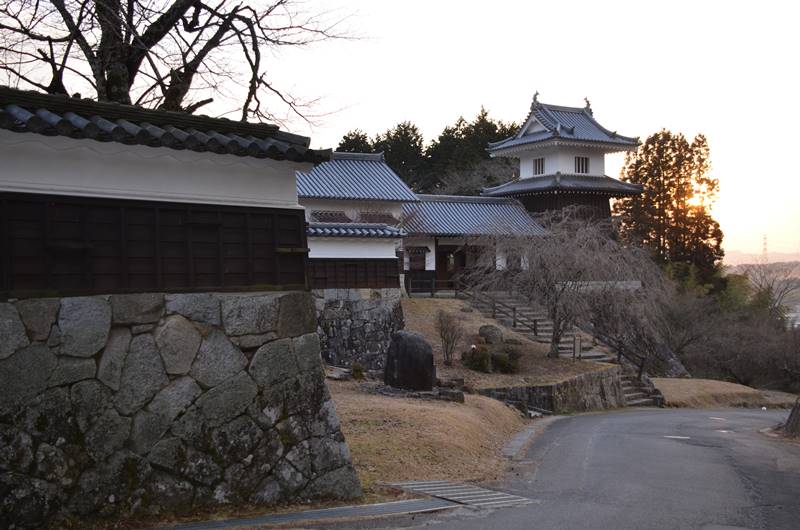This is all about Iwamura Castle Ruins you want to know.
Every information you get on this site will be from a credible source based on Japanese history (books for reference).
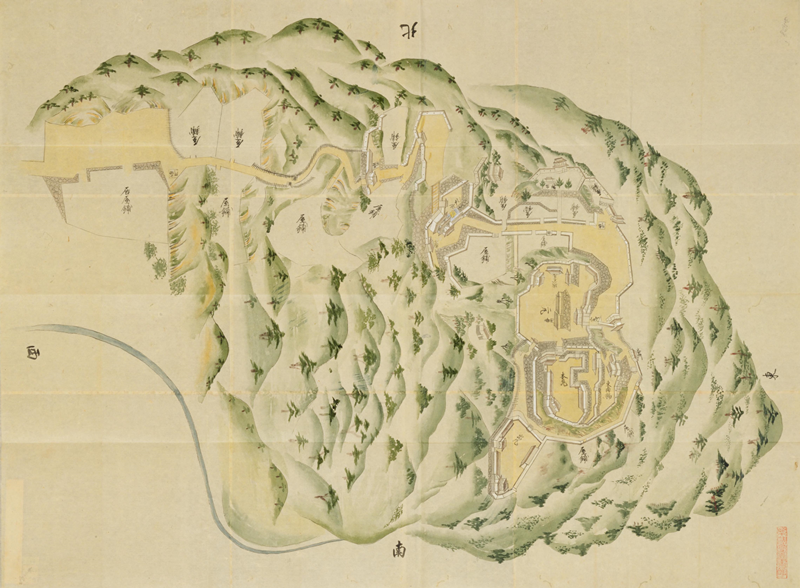
Collected by the Inagaki family, the Toba Daimyō from the mid-Edo period to the Meiji Restoration, as materials for military studies. There are about 350 illustrations, but there is no uniformity because only illustrations of castles, illustrations including castle towns, and old battlefield illustrations are mixed.
Another typical example of a castle picture in the Edo period is "The Shōhō Shiroezu", picture of the castle and castle town that the Edo Shogunate ordered the daimyō to create and submit,aggregating military information such as the buildings inside the castle, the height of the stone wall, the width of the moat and the water depth, etc., it also details the location and shape of the castle town and the mountain river.
Profile : Iwamura Castle Ruins
| Location | Ena City, Gifu Prefecture |
| Also known as | Kasumiga Castle |
| Type of castle | Mountaintop |
| Mountain's name | Mt. Jōzan |
| Elevation | 717m |
| Condition | Ruins No main keep but other buildings |
| Designation | Gifu Historic Sites Important Preservation Districts for Groups of Traditional Buildings |
| Year built | 1221 |
| Abolished | 1871 |
| Castle lord | Tōyama Kagetomo |
| Refurbishment lord | Kawajiri Hidetaka |

Otsuya was Oda Nobunaga's aunt. She had become a widow after losing her husband Toyama Kagetō, the lord of Iwamura Castle. She adopted Gobōmaru, the fifth son of Oda Nobunaga, and was castle lord essentially.
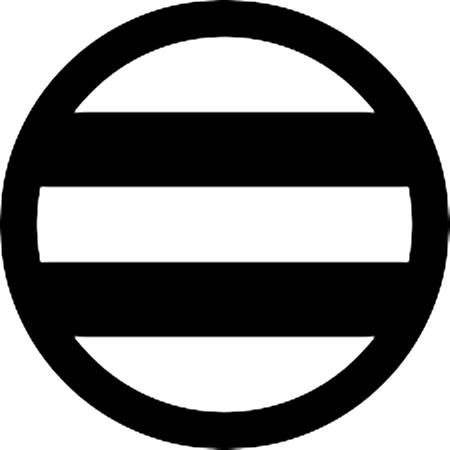
The family crest was originally created from the pattern that the emperor and the royal family put on the kimono, and the pattern was made into a fixed pattern, and the one attached to his own oxcart is said to be the beginning of the family crest. The warlords drew large crests on the flag-fingers, used to distinguish enemy views on the battlefield, and used by the generals to determine which warlords were active and how much.
Iwamura Castle admission
admission fee : free reference official site (japanese)
Iwamura Castle Google Map
Iwamura Castle Images
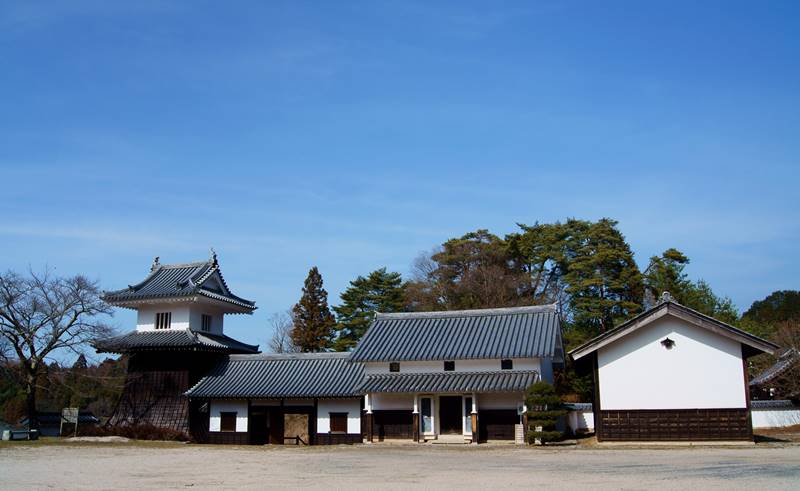
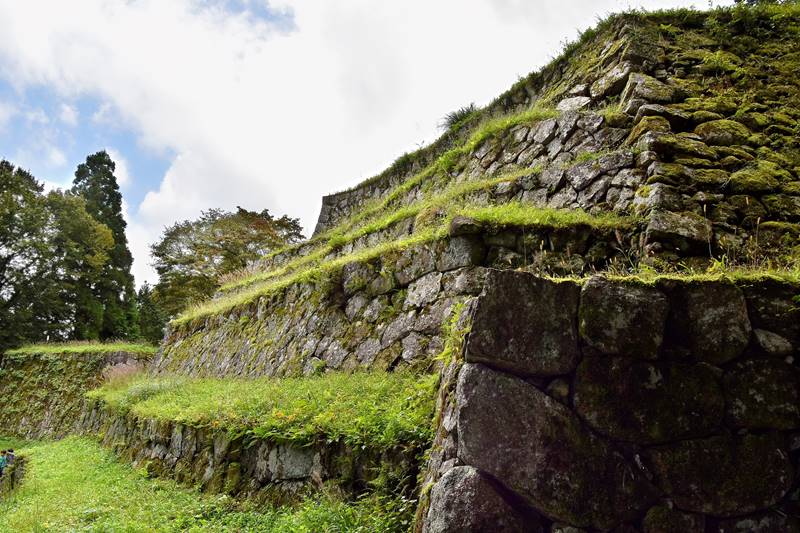
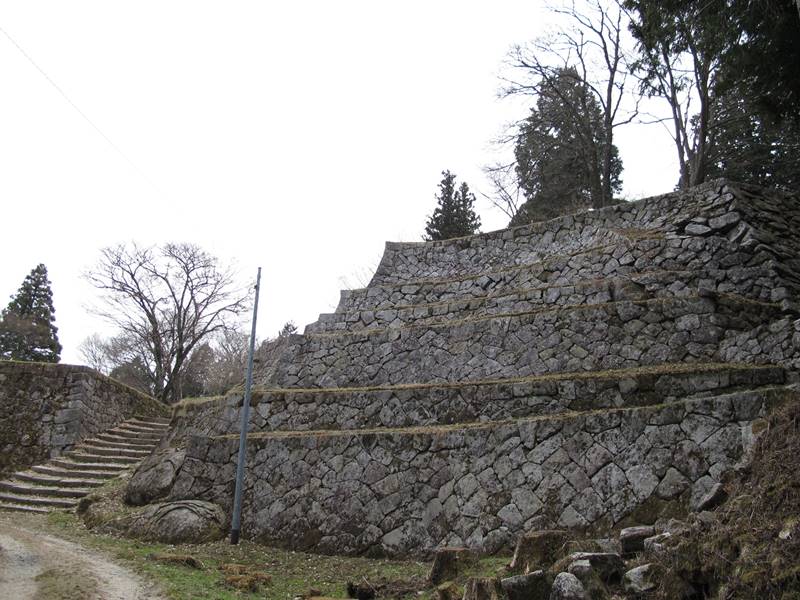
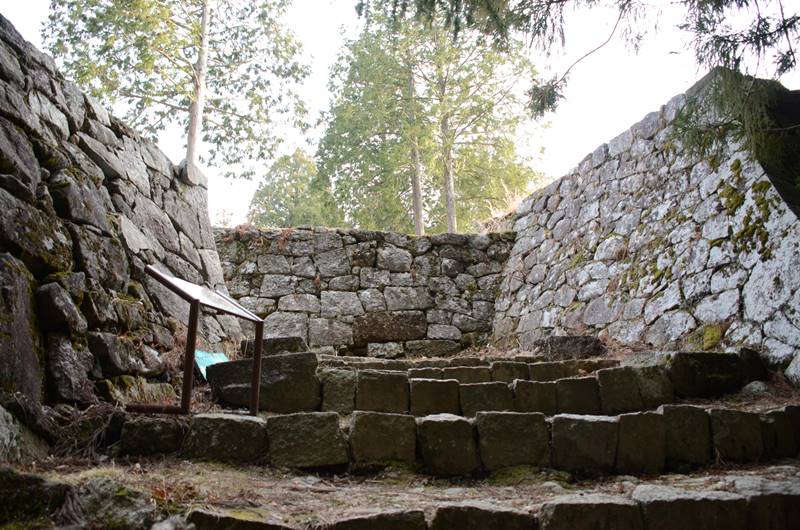


Although Iwamura Castle is located on the top of a small mountain, there are 17 wells that are overwhelmingly more than other mountaintops . Among them, the Kirigai Well in Hachiman Kuruwa was exclusively for the castle lord. From "Iwamura Prefectural Magazine", [When the enemy attacked, throwing the castle's treasured large snake bones into this well, the fog quickly gushed out, and the castle was exhausted, defending the castle]. Therefore, is also called "Kasumiga Castle".
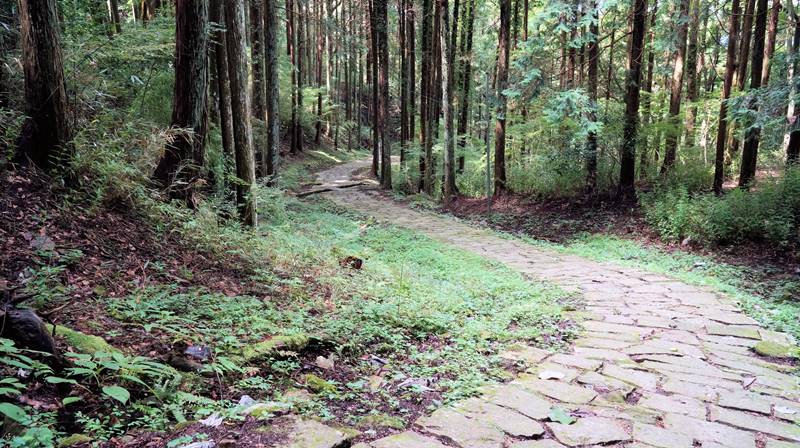
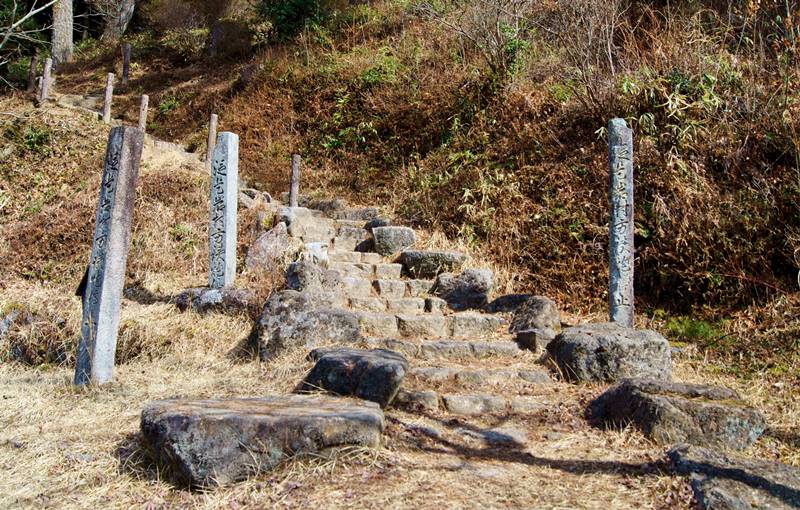
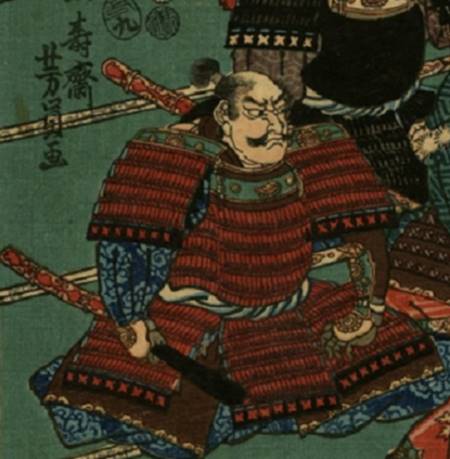
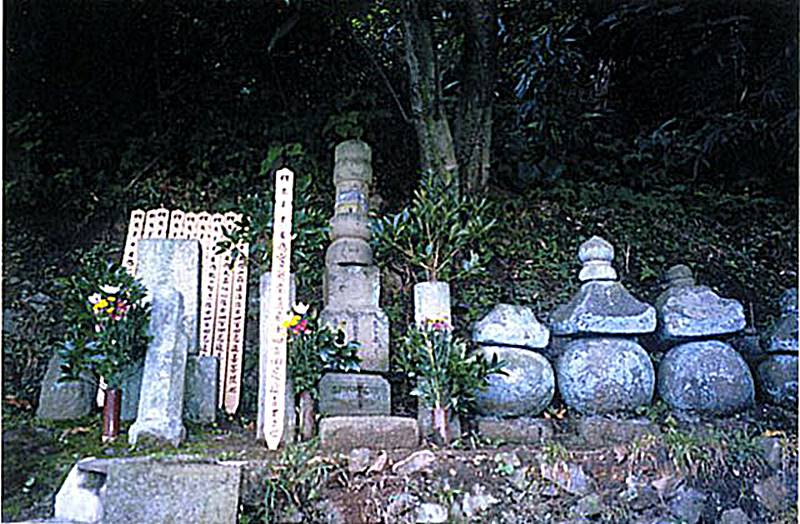
Late 16th century, Oda Nobunaga had an alliance with Takeda Shingen, but Shingen formed an alliance with Asai Nagamasa and Asakura Yoshikage, destroyed the alliance with Nobunaga. Not surprisingly, Nobunaga was very furious at the betrayal. At this time, it was Akiyama Torashige, a vassal of Takeda Shingen, who took Iwamura Castle and the woman castle lord who was defending at the time as her own wife. Despite the terms of reconciliation, it is a very rare to marry an enemy warlord. Since Otsuya was a relative of Nobunaga, in addition to Gobōmaru was sent to Takeda as a hostage and Iwamura Castle was taken over,his fierce anger and hatred were considerable.
After Shingen died, Katsuyori succeeded Takeda Family, and in the battle of Nagashino, Katsuyori lost with Nobunaga and Tokugawa Ieyasu's union. When the army was severely defeated and the power rapidly declined, Nobunaga sent his son Nobutada to Iwamura Castle.
Akiyama desperately resisted, but was forced to surrender to Nobunaga without the reinforcements from Takeda. Nobunaga took Akiyama and Otsuya down to Gifu Castle, the battle of Iwamura Castle finally ended in 1575.
First executed Akiyama on a crusade for four days. After that, Nobunaga raised her on the banks of the Nagara River and crucifixed and executed publicly. In this case, Otsuya died while suffering and crying, "Nobunaga will suffer and die in the end exactly."
Seven years later, Nobunaga died in the "Honnō-ji Incident" by betrayal of his allies.
Link-1 : Japanese three most great mountaintop castle
【west japan】Takatori Castle 【west japan】Bicchūmatsuyama Castle 【central japan】Iwamura Castle
Link-2 : Japanese seven most great stone wall
【north japan】Kanazawa Castle 【west japan】Takatori Castle 【west japan】Takeda Castle 【west japan】marugame Castle 【west japan】Oka Castle 【south japan】Kumamoto Castle 【central japan】Iwamura Castle
Link-3 : The tragic castle
【north japan】Nihonmatsu Castle 【west japan】Odani Castle 【west japan】Miki Castle 【central japan】Iwamura Castle
